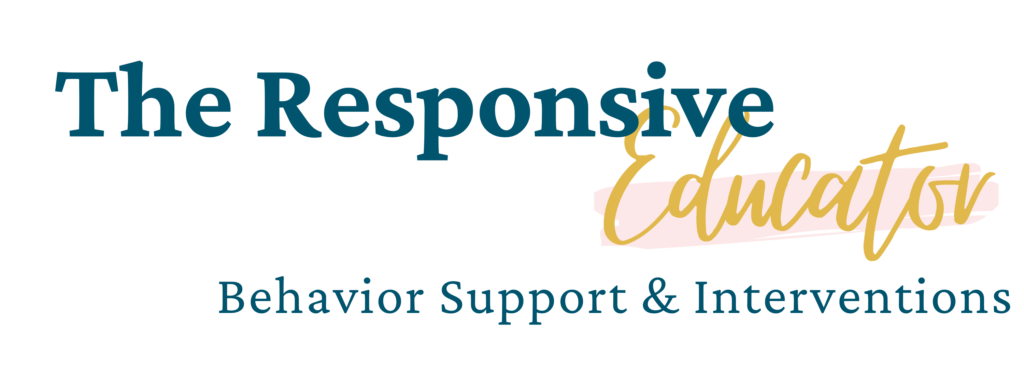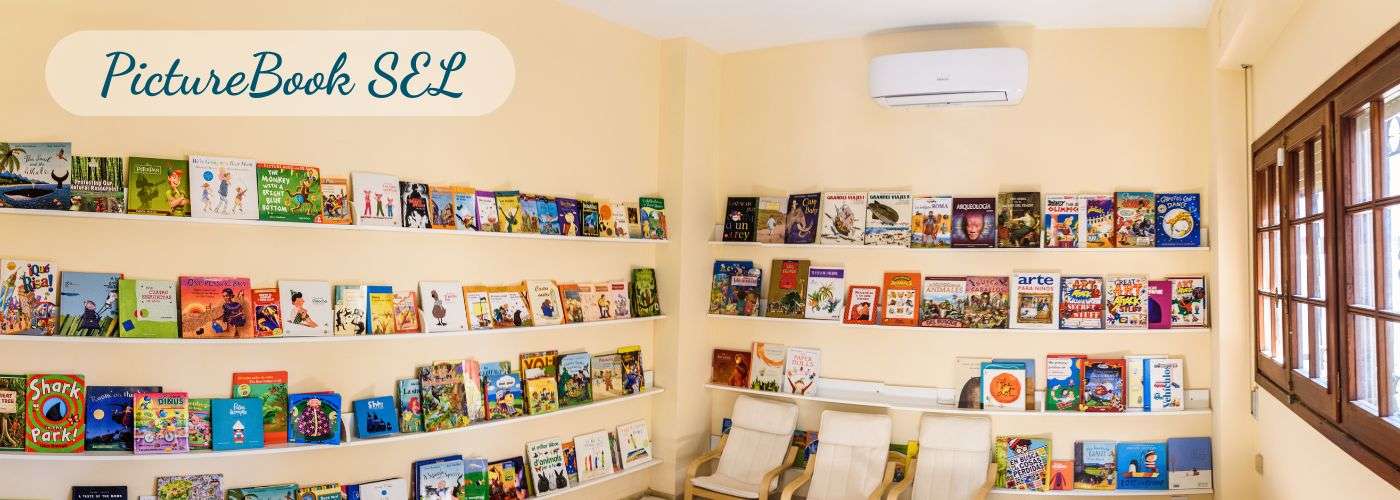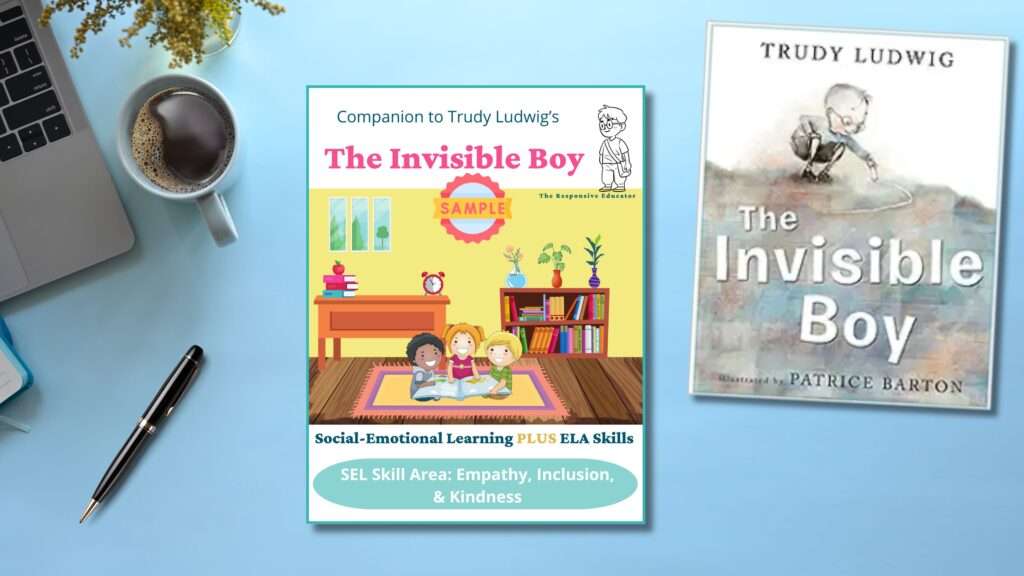Summary: Squeek, the Monster of Innocence, lives inside a cozy bubble, safe and snug from anything unfamiliar. He dreams of grand adventures—making friends, climbing mountains, even flying to the moon—but every time he thinks of leaving, fear pulls him back. What if things go wrong? What if he’s not ready? So, he stays. Until one day, something shifts, and Squeek discovers that maybe, just maybe, the world outside his bubble holds more than fear—it holds possibility.
Description: The Monster in the Bubble is a gentle, empathetic story that gives voice to children who struggle with anxiety, avoidance, and fear of new experiences. Through the character of Squeek, Andi Green offers a tender metaphor for social hesitation and the emotional safety of routines or solitude. The bubble represents both comfort and limitation—a visual reminder of how protection can sometimes hold us back.
The book encourages emotional awareness and growth without forcing it. It shows that readiness looks different for every child and sometimes the nudge to be brave can come in subtle, unexpected ways. The story is especially helpful for children navigating social anxiety, transitions, or reluctance to leave familiar settings. It works beautifully one-on-one, allowing space for deeper conversation and reassurance.
Reviews and Considerations: Many parents and educators praise the WorryWoo series for giving children language around complex feelings. In this title, readers consistently describe The Monster in the Bubble as validating and comforting for introverted, sensitive, or anxious kids. Parents of children on the autism spectrum or those dealing with social delays note how quickly their kids connect with Squeek’s hesitations and inner world.
The artwork is a standout—whimsical, soft, and expressive—and often draws readers in before they even open the book. The plush toy version of Squeek is frequently used as a companion tool for emotional regulation and storytelling.
Some reviewers noted that the ending feels abrupt or magical rather than practical (the bubble simply disappears). While it may not offer explicit coping strategies, this story excels in starting meaningful conversations and showing children that they’re not alone in their fears.









